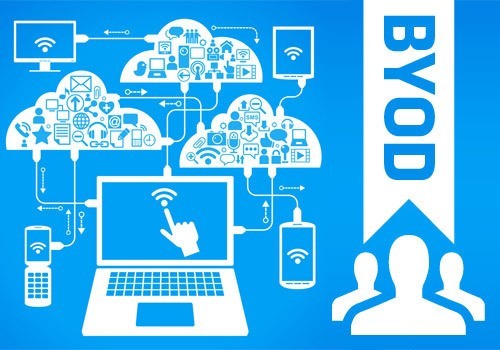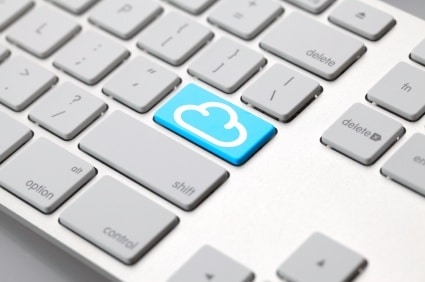BYOD Policies, Part I: 5 Things to Consider Before Implementing A Program

BYOD Policies, or Bring Your Own Device programs are becoming more popular across a multitude of industries and businesses, including healthcare and SMBs. A study by Osterman Research reports that 82% of organizations use personal devices to access corporate email, databases and other applications.. Sure, this type of program has its benefits – such as […]
Why All Businesses Need A Disaster Recovery Plan

The unexpected can happen at any time. Unfortunately for businesses, this often means the temporary loss of IT functionality and the permanent loss of important data. Thus, this is one of the many reasons why having a good disaster recovery plan is vital. With these plans in place, businesses can often continue to satisfy the needs of […]
Information Security and Disaster Recovery : How to Protect Your Business From Mother Nature
For many businesses, large or small, technology has been proven to boost productivity and make processing information easier and easier. And for many businesses, this reliance on tech can make facing a natural disaster a rude awakening. In Florida, where our main headquarters is located, these natural disasters usually consist of category 3+ hurricanes with […]
Focus on Support When Choosing a Backup and Disaster Recovery Service Provider

Nowadays there are several cloud computing companies that can offer you a disaster recovery service provider. With so many different providers to choose from, oftentimes businesses are not sure which one to pick. Some factors, such as location and price, are intuitive and self-explanatory, while other factors, such as slight differences in plans and technology, […]
Why Cloud Services are a Good Long Term Investment for Backup and Disaster Recovery

Typically new technological advancements and innovations are more expensive than the older technology. In terms of backup and disaster recovery, however, the opposite is true. There are numerous cloud backup plans that are designed to accommodate any business, no matter what their price range is or what kind of technological resources they have. In addition, the […]

